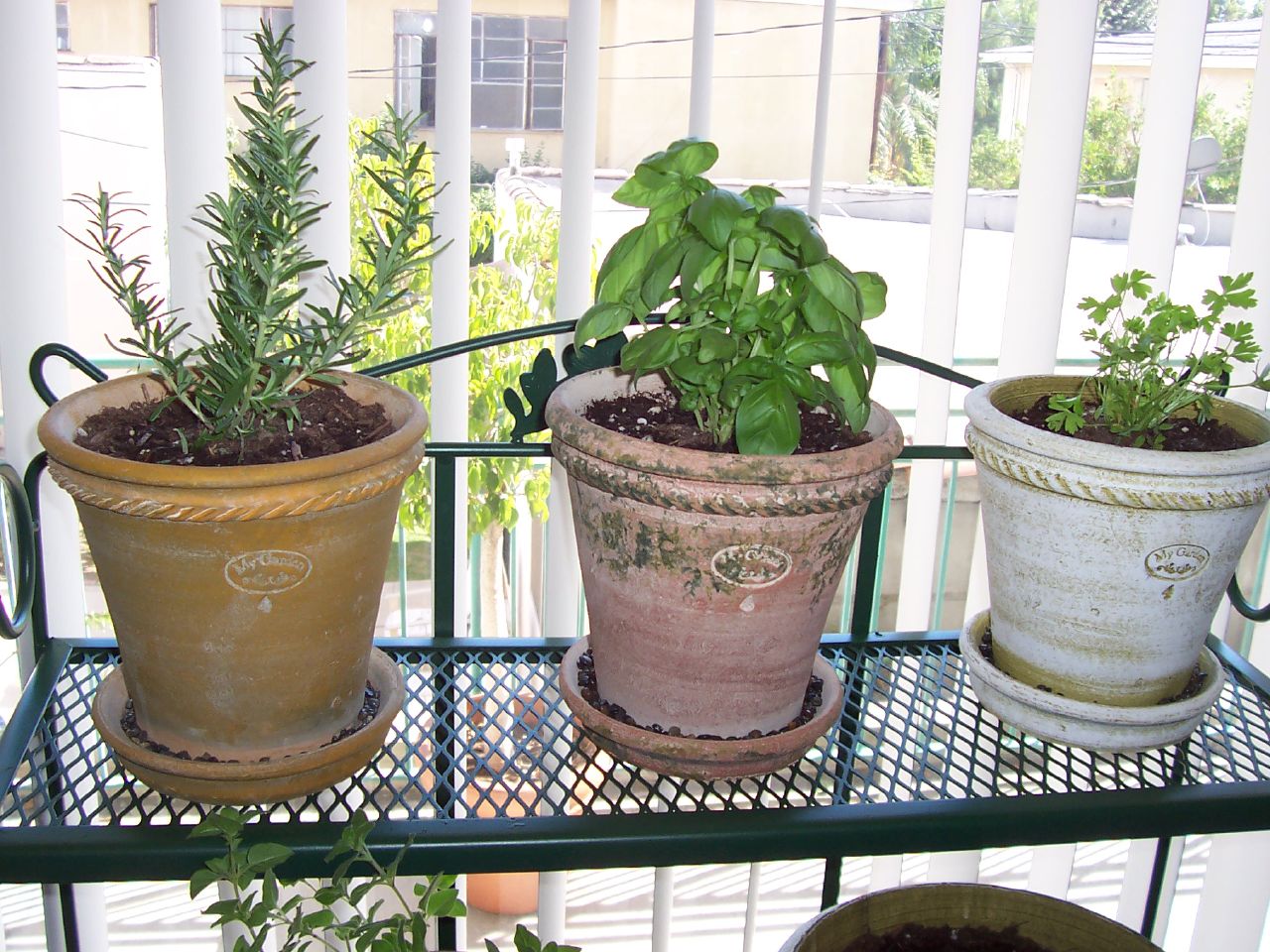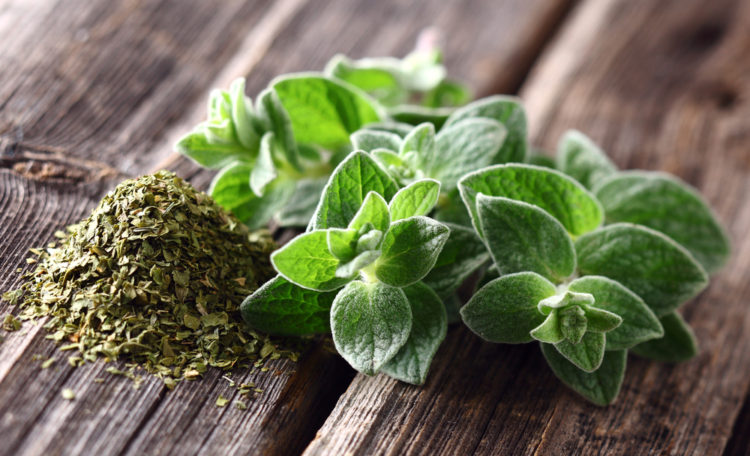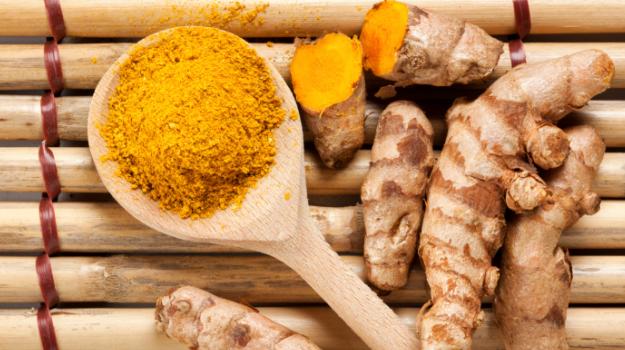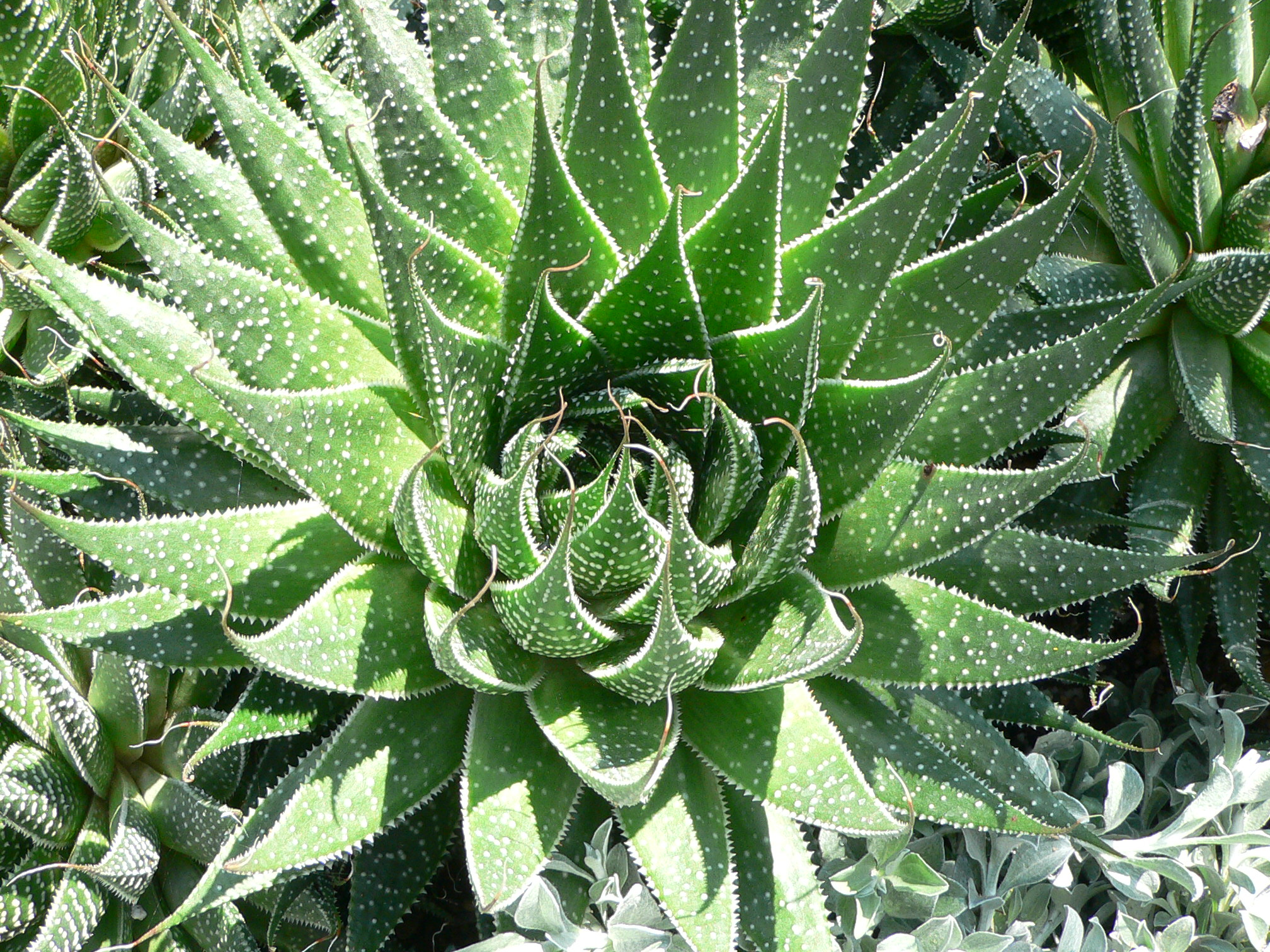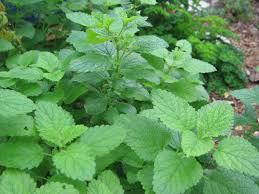Tips for Growing Herbs Indoors
Herbs can be a helpful addition for any homesteader. They can be used for flavoring food, and in some cases, the herbs will even have medicinal purposes. Depending on where you live, you will not be able to have a garden all year long, and this would normally mean an end to your herb production … Read more

